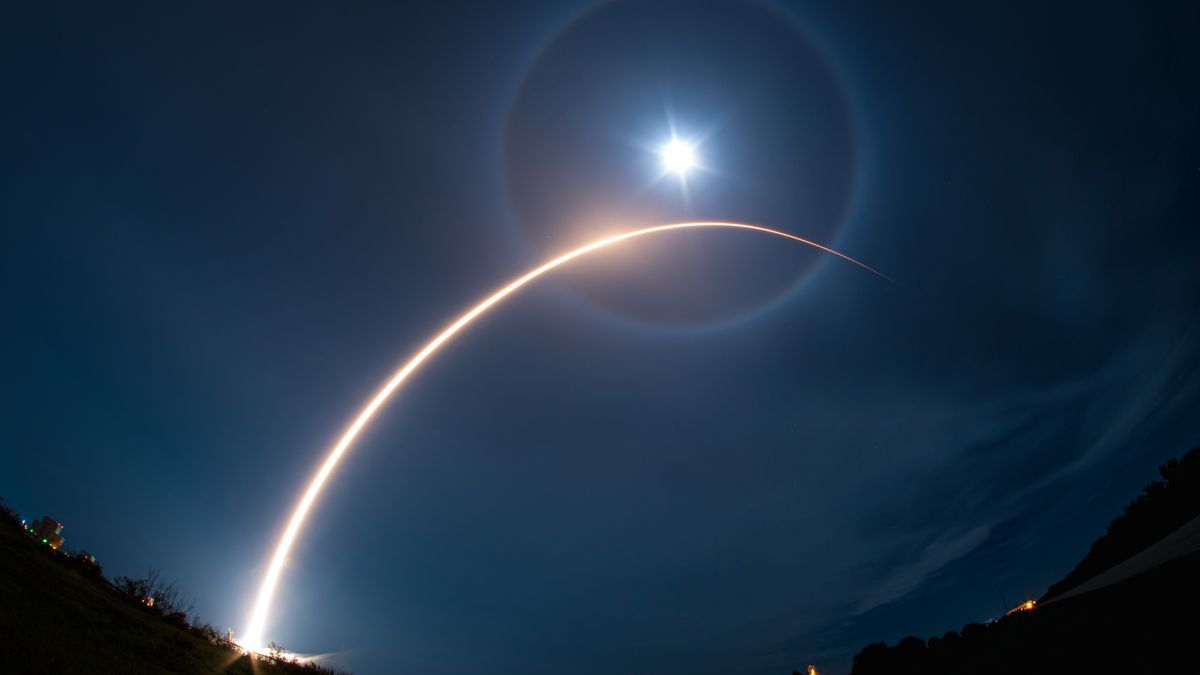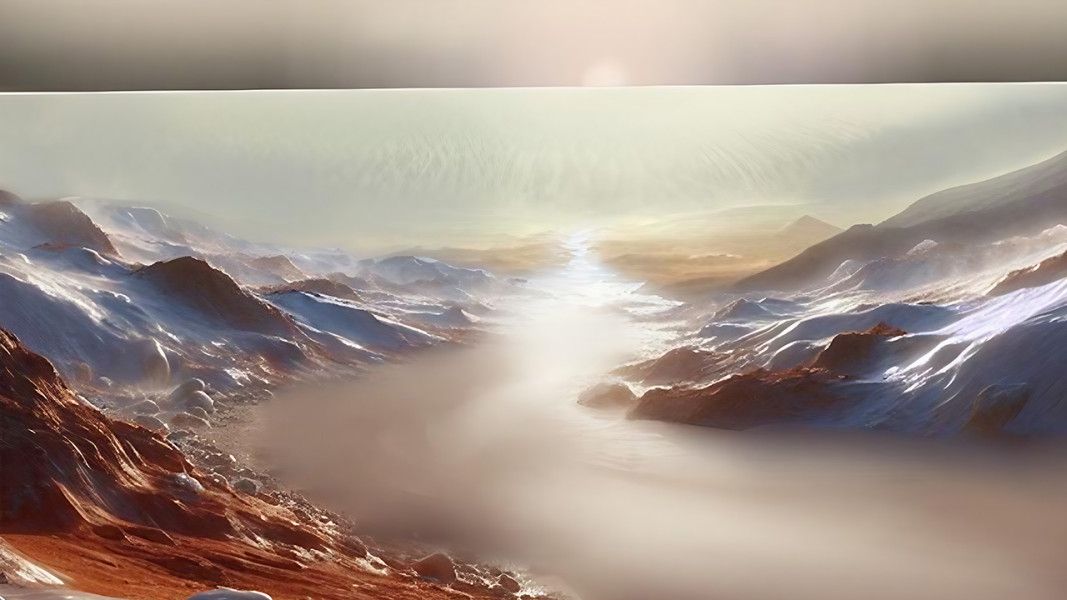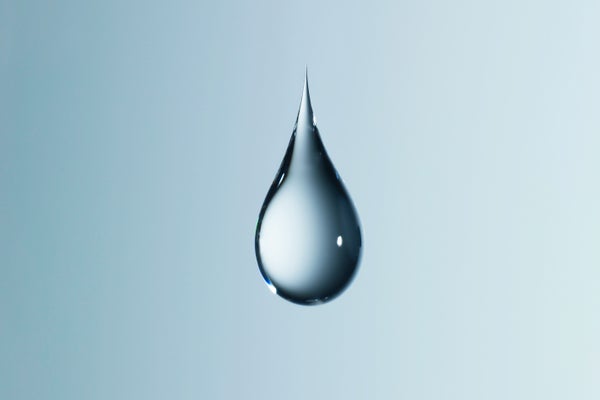Accounting for more than 15 percent of Earth’s biomass, microbes have colonized the planet from pole to pole where they influence ecology through the small molecules they create.1 Despite their ubiquity and importance in the environment, researchers struggle to pinpoint microbial metabolites in the field and at the bench. Public databases can help scientists decipher some microbial molecules, but they are often limited to well-studied species.
To shine a light on microbial dark matter, researchers developed the microbe Mass Spectrometry Search Tool (microbeMASST), which detects hundreds of microbial metabolites in one go by comparing samples against publicly available records from more than 60,000 microbial cultures.2 Originally developed to study microbes of the great blue sea, the researchers extended microbeMASST to the human microbial milieu to explore the influence of the microbiome on disease. The team reported their findings in Nature Microbiology.
“This new study offers an opportunity to put molecules into an ecological context,” said Roger Linington, an analytical chemist at Simon Fraser University who was not involved with the study but has collaborated with some of the authors in the past. “Traditionally, people would study microorganisms one at a time and isolate individual molecules.” Linington noted that this made it challenging to determine how many microbes produced the metabolite in question.
Scientists rarely get a full picture of the microbial metabolome. For example, researchers suspect that gut bacteria produce most of the metabolites in the digestive tract since they possess approximately 100 times as many genes as the human genome.3 Nonetheless, when scientists collect stool samples, they can usually only identify 10 percent of the metabolites. “The percentage of truly microbial molecules out of these 10 percent of annotation is actually less than one percent,” said Simone Zuffa, a computational biologist at the University of California, San Diego and study coauthor.
Deciphering microbial chatter is even more challenging in certain ecosystems. Anelize Bauermeister, a marine microbiologist at the University of California, San Diego and study coauthor, explores microbes in the sea, including those that colonize coral reefs. “It’s really difficult to find metabolites in marine microbes because they’re difficult to collect, and it is difficult to cultivate them in the laboratory,” she said.
Once she successfully learned to cultivate these ocean-dwelling bugs, she struggled to discern whether microbes, coral, or other underwater sources produced the metabolites. Eager to overcome this problem, she and her colleagues began developing microbeMASST, a tool for deciphering which metabolites came from microbes in samples taken from different environments. Hoping to capture a variety of bugs in their search tool, the team compiled metabolomics data collected from microbes found in animals, humans, lakes, oceans, plants, and soils. The world was their microbial oyster.
Anchors aweigh, they sailed off to test microbeMASST in a new environment and species: laboratory mice. Within a mouse, the host cells and resident microbes produce metabolites, but microbeMASST detects those produced exclusively by the bugs. They analyzed a dataset containing metabolites from an array of organs and biofluids, including the brain, heart, liver, blood, and stool from both normal mice and germ-free mice. Since the germ-free mice lack microbes, Zuffa speculated that any metabolites found in the normal mice but missing from the germ-free mice must come from microbes. Using this approach, they identified 1,673 metabolites exclusively produced by bacteria and fungi living in the host.
“If they are truly microbially derived, they should also be observed in other studies,” Zuffa said. To check the robustness of their findings, they compared normal mice with mice taking antibiotics. Their new analysis reproduced 621 of the same metabolites, of which 512 were exclusive to the antibiotic-free mice. The tool serves as a starting point for finding microbial metabolites, but further biochemical analyses of microbes grown in the lab are needed to confirm that these molecules do in fact come from the bugs.
microbeMASST could prove valuable for human microbiome studies that explore the roles that microbes and their metabolites play in health and disease. Using human datasets, Zuffa and his colleagues compared samples from healthy people and people with different conditions, including inflammatory bowel disease, which is often linked to disruptions in the microbiome.4 From these samples, they observed 455 of the same 512 microbial hits identified in the mouse data, suggesting that the search tool can also trace hundreds of microbial molecules in the human body.
Mirroring their mouse analyses, they studied an array of organs and bodily fluids, but the findings didn’t necessarily suggest that microbes were present in all these locations. Rather, they indicated that microbial metabolites produced in the gut may travel around the body and elicit systemic effects.
Despite this leap forward for studying microbial metabolites, many molecules remain dark matter for now. The search tool is limited to publicly available metabolomics data, which creates a bottleneck in the microbe-metabolite matchup. However, Linington hopes that the tool will encourage the scientific community to make their data open access.
Another limitation lies in how scientists collect metabolomics data. Scientists typically use a mass spectrometer to ionize metabolites into charged fragments before measuring their mass and charge in order to crack the code behind their chemical structures.5 “Not all molecules are equally easy to detect by mass spectrometry, and this is because different compound structures will have a different propensity to ionize in the instrument,” Linington said, so some metabolites remain out of sight.
By branching out from microbes, the researchers plan to generate other search tools that make it easier to find metabolites in other life forms. “We are developing a plant version for this called plantMASST where it will tell you if specific molecules are actually derived by specific plants,” Zuffa said.
References
1. Bar-On YM, et al. The biomass distribution on Earth. Proc Natl Acad Sci USA. 2018;115(25):6506-6511.
2. Zuffa S, et al. microbeMASST: a taxonomically informed mass spectrometry search tool for microbial metabolomics data. Nat Microbiol. 2024;9(2):336-345.
3. Tierney BT, et al. The landscape of genetic content in the gut and oral human microbiome. Cell Host Microbe. 2019;26(2):283-295.
4. Franzosa EA, et al. Gut microbiome structure and metabolic activity in inflammatory bowel disease. Nat Microbiol. 2019;4(2):293–305.
5. Bauermeister A, et al. Mass spectrometry-based metabolomics in microbiome investigations. Nat Rev Microbiol. 2022;20(3):143-160.














